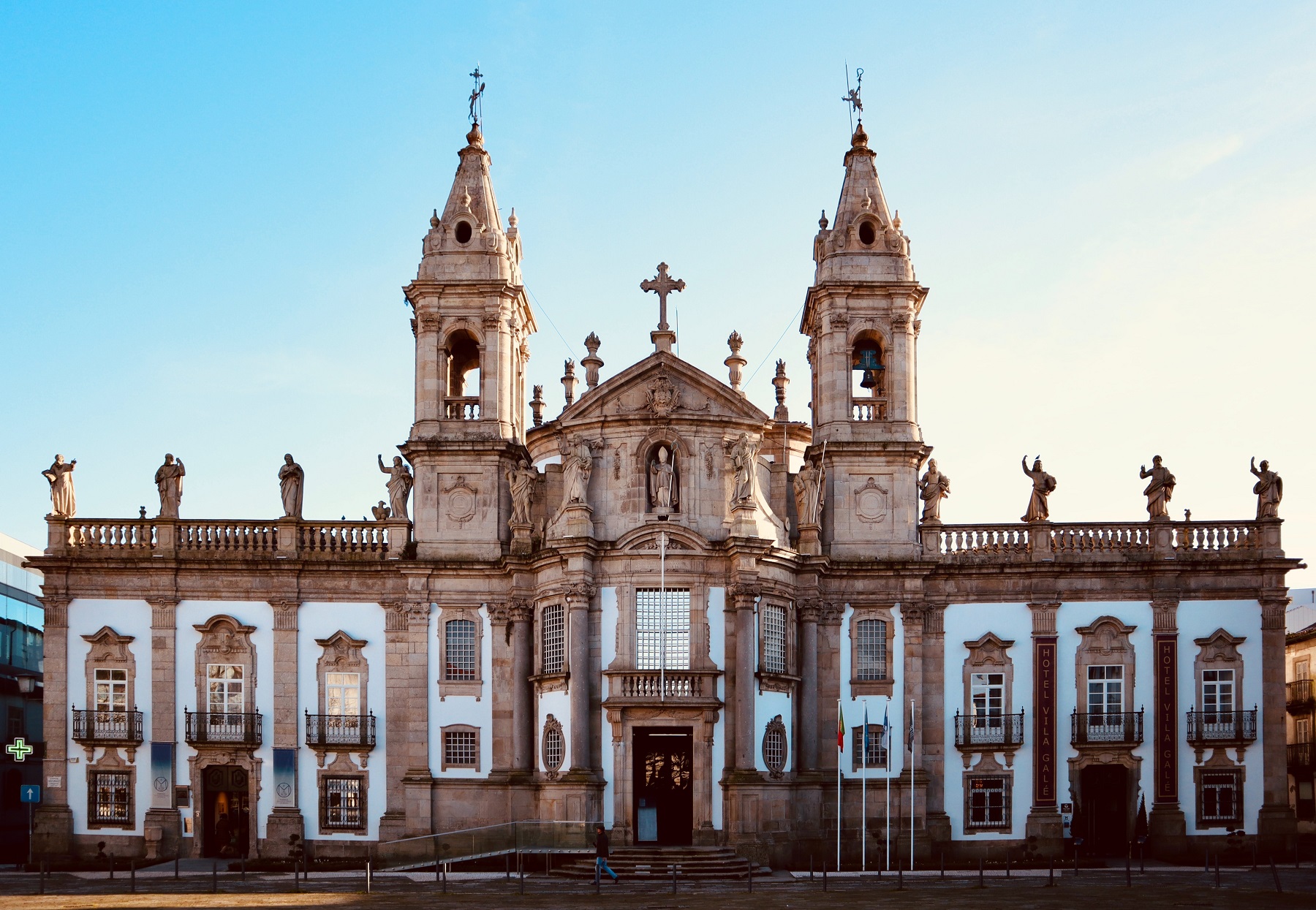Quick search
CTRL+K
Quick search
CTRL+K

Vigo is a large city in the northwestern Spanish region of Galicia. However, it was considered a small village for a long time, and a town developed from the 15th century. Throughout the 1500s and 1600s, the city was attacked from the seaside several times, and in both 1585 and 1589 the English, led by Sir Francis Drake, set fire to parts of Vigo. Turks also attacked, and in the mid-17th century walls and forts were built to defend the city. Throughout the 20th century, Vigo grew rapidly, which i.a. happened through the establishment of a tax-free zone in 1947.
It is pleasant to walk around Vigo’s old town, Casco Vello, which is of a manageable size from one sight to the other. The neighborhood around Praza Igrexa has narrow streets and cozy squares. On Praza Igrexa you can see the Concatedral de Santa María de Vigo, which is the city’s main church. The current church was built in Neoclassicism and Baroque architecture in the years 1816-1834 on the same site as an earlier church that had been destroyed by Sir Francis Drake’s attack on the city in 1585.
There are many wonderful recreational areas in Vigo as well. Among the beautiful squares and parks is the large Alameda da Praza de Compostela, where you can enjoy the Fuente Oriental fountain and several sculptures. There is a similar green area along the street Avenida da Beiramar, where you can notice see a monument to Jules Verne. Here you can also take a walk along Vigo’s marina and enjoy the maritime atmosphere that has always left its mark on the city.
At the top of Vigo is the Castelo de Castro fort on the Monte do Castro hill. From here there is a fine view of the city and the area, and you can take a walk in the park that surrounds the fort. Castelo de Castro was built in 1665 as a defense against British attacks. The fort, together with the nearby Castelo de San Sebastián and the now demolished city walls, formed the fortifications around Vigo. South-east of the fort, you can see the old 19th-century prison, which today is open as a museum for contemporary art, the Museo de Arte Contemporánea de Vigo.

Santiago de Compostela is a city in northwestern Spain. It is the capital of the region of Galicia and world-renowned for being the final resting place of James, one of Jesus’ disciples. The early history of the city began with the settlement of the Swabians in the 4th century. The place came under changing dominions, and for centuries the city was attacked by Moors, Vikings and others, before it was fortified in the 11th century and gained the status of Galician capital. Even then, Santiago de Compostela was known for the relics of James, and the city developed into an increasingly important pilgrimage site.
More about Santiago de Compostela

Braga is a city in northern Portugal and is one of the largest cities in the country. Its history dates to the Roman conquest of the region in around 136 BC. In the year 20 BC they founded the city of Bracara Augusta and made it the regional capital. In 283 the city became the capital of the province of Gallaecia, thereby increasing its importance. Braga was taken by the Moors in 711, and in 868 the area was reconquered by Christians. Braga became an important Christian center on the Iberian Peninsula and later one of the driving forces for an independent Portugal. Later, the city’s archbishops developed Braga after first the Renaissance and then the Baroque era.
 Vigo, Spain[/caption]
Vigo, Spain[/caption]
Overview of Tarragona
Jacksonville is one of the largest cities in the US state of Florida. The city’s history started with Frenchman Jean Ribault, who in 1562 sailed up St. Johns River and claimed the area for France, who two years later established Fort Caroline here. In 1565, Spanish troops attacked the fort, captured it and named it San Mateo. Florida became British in 1763 and they established Cow Ford at St. Johns River, which continued to grow when the area became Spanish again in 1783.
About the Jacksonville travel guide
Contents: Tours in the city + tours in the surrounding area
Published: Released soon
Author: Stig Albeck
Publisher: Vamados.com
Language: English
About the travel guide
The Jacksonville travel guide gives you an overview of the sights and activities of the Spanish city. Read about top sights and other sights, and get a tour guide with tour suggestions and detailed descriptions of all the city’s most important churches, monuments, mansions, museums, etc.
Jacksonville is waiting for you, and at vamados.com you can also find cheap flights and great deals on hotels for your trip. You just select your travel dates and then you get flight and accommodation suggestions in and around the city.
Read more about Jacksonville and the Spain
Spain Travel Guide: https://vamados.com/spain
City tourism: https://visit.es
Main Page: https://www.vamados.com/
Buy the travel guide
Click the “Add to Cart” button to purchase the travel guide. After that you will come to the payment, where you enter the purchase and payment information. Upon payment of the travel guide, you will immediately receive a receipt with a link to download your purchase. You can download the travel guide immediately or use the download link in the email later.
Use the travel guide
When you buy the travel guide to Jacksonville you get the book online so you can have it on your phone, tablet or computer – and of course you can choose to print it. Use the maps and tour suggestions and you will have a good and content-rich journey.

Similar to Vigo Travel Guide
